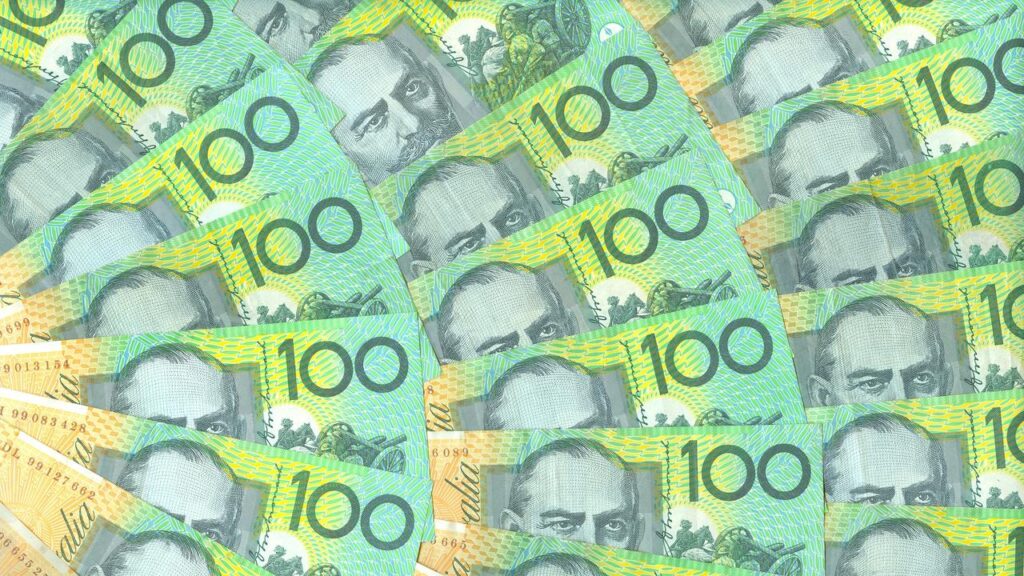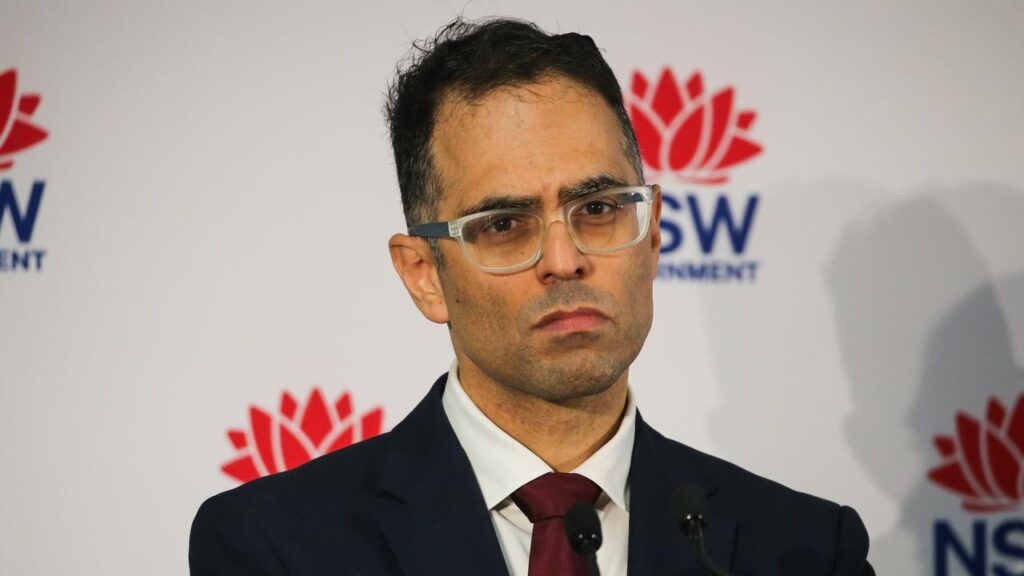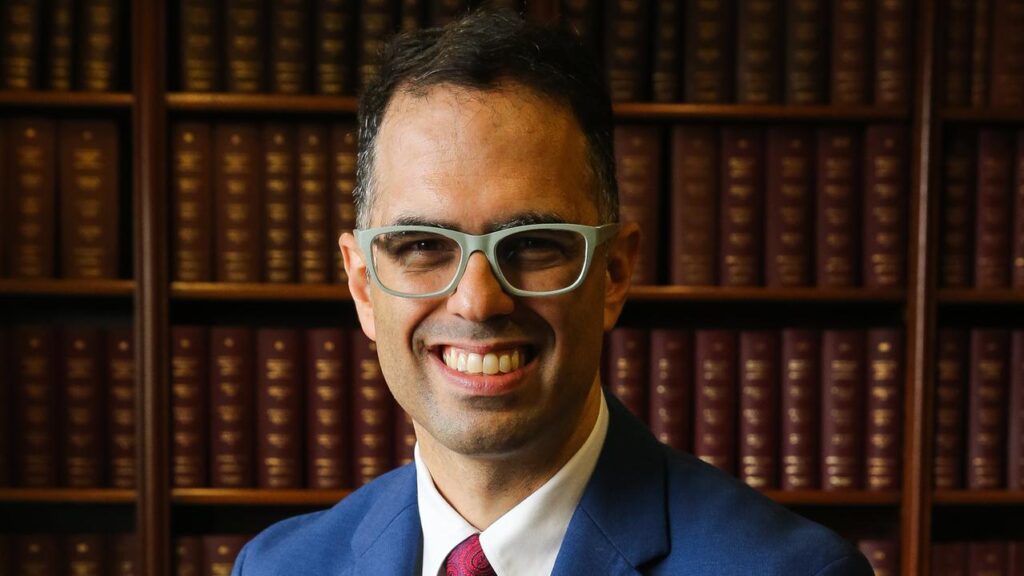Winners and losers in the NSW budget revealed
Written by admin on June 18, 2024
A budget of “must-haves,” not “nice-to-haves” was how NSW Treasurer Daniel Mookhey handed down his second state budget of Tuesday.
While the state is forecast to record deficits over the forward estimates to 2027-28, the budget centrepiece was a $5.1bn investment to create new public housing, with half of the estimated 8400 public homes allocated to victim-survivors of family and domestic violence.
Initiatives were also announced to help low-income households with electricity bills, and a state-first incentive to encourage GPs to bulk-bill.
Here are all the winners and losers from the NSW budget.
WINNERS
GPs – In an effort to incentivise GPs to bulk bill, the government has announced an $189m payroll tax rebate for contractor GPs who meet bulk-billing thresholds. The government will introduce legislation to enact the policy, with NSW the first-state to implement a waiver.
Public housing residents – The budget centrepiece, the state announced a $5.1bn investment into public housing, which will build 8400 homes, with at least half of the homes reserved for victim-survivors of domestic violence. It’s estimated at least 3100 people in DV situation will be able to access a new home under the program.
Low-income households – As a nod to the rampant cost-of-living crisis, an extra $100m has been budgeted to increase energy bill rebates from $285 to $350 a year for low-income households. The Family Energy rebate will also increase by $70 from $180 to $250. This will be in addition to the federal government’s $300 energy rebate all households will be able to access.
Funding for DV victim-survivors – Building on the major $230m emergency domestic and family violence package announced in May, extra initiatives were flagged on Tuesday, bringing total funding to $245.6m. This includes $10m to expand Men’s Behaviour Change Programs, and a $3.6m boost to expand peak body Domestic Violence NSW.
Households yet to transition to energy-efficient electricity – $238m has been earmarked for the soon-to-be-announced Consumer Energy Strategy, which will help households financially change to cheaper and more efficient energy technology such as solar panels and batteries.
Smart phone users – An extra $21.4m has been allocated to build a new NSW Digital Identity and Wallet system, to allow NSW residents to share their ID and qualifications via their smartphones. $62.5m will also be used to allow an extra 80 additional licenses to be added to the app, while also ensuring the data is protected.
Bus commuters – $91m in funding has been allocated to overhaul NSW’s bus network, including equipping vehicles with on-board screens and audio announcements, and new technology to better monitor bus services. Another $24.7m has been committed across four years to increase services, create new routes and fund Zero Emission Buses (ZEBs) in Western Sydney. $23.8m will also be spent on a two-year ‘Medium Term Bus Plan to improve services over the next 10 years in planning services and addressing needs in key communities.
Commuters in Parramatta – $2bn has been committed to begin construction of the second stage of Parramatta Light Rail before the next state election in March 2027. The 10km track will feature 14 stops between Camellia to the Parramatta CBD, via Sydney Olympic Park, and link up with the Sydney Metro West, as well as Parramatta and Sydney Olympic Park train stations.
Origin Energy – The operation of Australia’s biggest coal-fired power station has been extended for two years to August 2027, after fears its previously slated closure in 2025 would risk the state’s energy reliability. Negotiations with Origin Energy have resulted in a deal that NSW could underwrite the energy giant’s losses to a maximum of $450m over two years. Conversely, NSW could gain up to $40m a year, if Origin profits from the continued operation of Eraring, with the company able to opt in to the arrangement before each financial year.
Essential workers – In a bid to address a lack of affordable inner-city housing for essential works – such as paramedics, nurses, teachers, police officers and fire fighters – the government has put aside $450m to build more than 400 build-to-rent homes in the next three years. The homes will be built across four sites by public developers Landcom.
While the locations have yet to be determined, once built, they will be offered to essential workers at a discounted rate, at about 20 per cent off market rate. $200.1m will also be used to purchase about 120 homes in regional areas, including motels and units, which will be used as temporary housing for health workers moving to the bush. Lismore and Tweed Heads have been flagged as some of the first area which could access the housing.
Support for housing approvals – New funding of $253.7m will be used to hire more planners and invest in technology to speed to assessing development applications to ensure the state can build its planned 375,000 homes by 2029. The government has also flagged a financing guarantee pilot to support the construction industry build homes amid challenging market conditions including high labour and material costs. This could include acting as a guarantor for some development loans and pre-purchasing homes in high-density builds.
Renters (sort of) – A total of $8.4m will be used to establish the NSW Rental Taskforce, which promises to be one of the biggest teams within NSW Fair Trading. The group will be overseen by NSW Rental Commissioner Trina Jones, and staffed with investigators, inspectors and support teams to target real estate owners and owners leasing poor quality rentals, and breaching rental laws. However, no extra funding has been committed to enact Labor’s key election promises around creating a portable bonds scheme, or policy to make it easier for renters to own pets.
LOSERS
The NSW budget bottom line – Forward forecasts reveal the budget will remain in deficit over the next four years, as the state moves to repay debt. While the total deficit will decrease from $9.6bn in 2023-24, to $1.5bn in 2027-28, Mr Mookhey has described this as a budget of “must-haves,” and not “nice-to-haves”.
Women undergoing fertility treatments – Rebates for women seeking treatments such as IVF will now be means tested, and accessible only for low and middle income households, with the government committing $52.2m this budget. While previously, the rebate wasn’t means-tested, it’s understood more women will be able to access the rebate under the targeted measure, which includes $250 for pre-IVF fertility testing, and $2000 for eligible fertility treatments, like IVF.
High-and-middle income earning households – Mr Mookhey was adamant the 2024 budget would not include widespread handouts, or vouchers. Instead, rebates are slim, and means-tested.
Foreigners who own homes – Fees placed on foreign investors and international home buyers will be increased from 2025. From January 1, the foreign purchaser duty surcharge will go from 8 to 9 per cent, and the foreign owner land tax surcharge will also increase by 1 per cent to 5 per cent.
Hospitality owners and bottle shops – The budget has flagged an increase in annual liquor licence fees, which have been in place since May 2024. The fee increase is forecast to add $25.5m in the five years to 2027-28, and will be used to fund policies around enhancing NSW’s night life.
Consultants – Following a NSW Auditor-General report, which found more than 10,000 consultant contracts were issued in the last five years of the former government, Labor said they would but spend on contractors by $35m a year.
People who own holiday homes, investment properties – NSW has also scrapped annual indexation on land tax rates, instead freezing the tax-free threshold for land tax at the 2024 level of $1.075m. The change is forecast to add about $1.5bn to the state’s bottom line over the next four years, with the funds slated to go towards building new homes.







